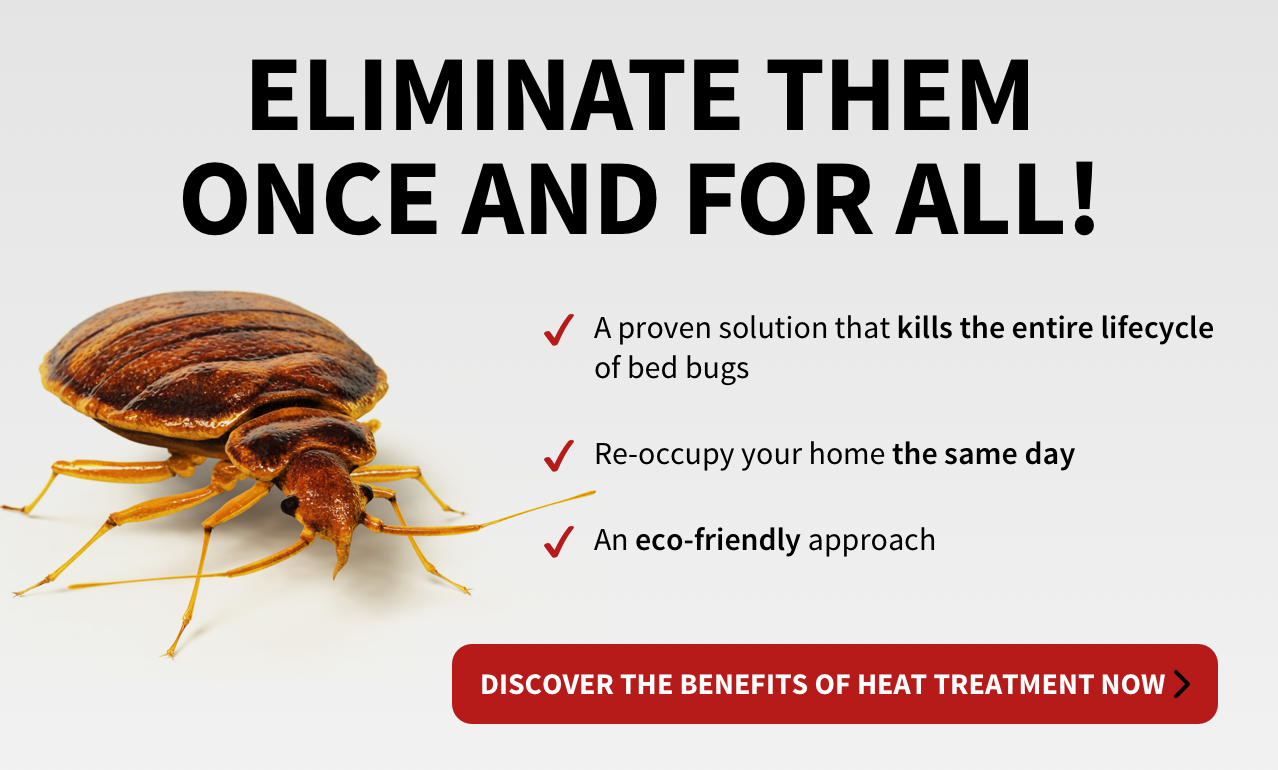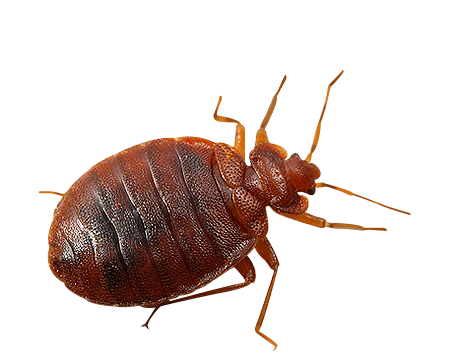Find the Best Exterminator Near Me: Fast and Efficient Pest Control Services
Obtain Informed About the Kinds of Insect Control Techniques and Their Advantages for Property Owners
Understanding the numerous insect control methods offered to homeowners is essential for reliable insect management. Home owners that are knowledgeable can make strategic selections that not only address parasite problems however likewise enhance the total quality of their living environment.
Chemical Bug Control Methods
Chemical bug control methods are a critical element of incorporated bug management strategies for homeowners looking for efficient services to pest problems. These methods entail the application of chemical compounds designed to remove or prevent parasites that intimidate personal effects, health, and convenience. Usual chemicals utilized include pesticides, herbicides, rodenticides, and fungicides, each tailored to target certain bugs.
The main benefit of chemical bug control is its fast effectiveness; many formulations provide immediate outcomes, minimizing pest populations significantly in a short time. In addition, breakthroughs in chemical solutions have actually caused products that are more eco-friendly and have lower toxicity degrees for non-target microorganisms when applied appropriately.

Organic Parasite Control Methods
Natural bug control techniques have gotten prestige as home owners look for safer and extra lasting alternatives to standard chemical strategies. Biological parasite control strategies make use of natural predators, parasites, or microorganisms to take care of bug populations properly. This approach is not just eco-friendly however likewise lessens the threat of injury to non-target types, consisting of helpful pests and wildlife.
Among the most common organic control approaches includes presenting all-natural killers into the environment. Ladybugs can be utilized to manage aphid populaces, while nematodes target soil-dwelling insects like grubs. Additionally, parasitoids-- organisms that reside on or within a host-- can be used to control details insect varieties by laying eggs inside them, eventually leading to their demise.
One more strategy is the use of biopesticides, which are stemmed from natural materials such as plants, minerals, or bacteria (bed bug exterminator). These products can efficiently target parasites while positioning marginal risk to pet dogs and human beings. In general, biological bug control strategies provide house owners with a reliable ways of parasite monitoring that straightens with eco-friendly concepts, advertising a much healthier living atmosphere while minimizing reliance on synthetic chemicals
Mechanical Insect Control Approaches
Mechanical bug control techniques include a range of methods that physically avoid or eliminate insects without the usage of chemicals. These methods are especially useful for property owners looking for eco-friendly alternatives while making sure the security of their space.
One common technique is the use of barriers, such as displays, traps, and nets, which protect against bugs from getting in homes or particular locations. Mounting home window displays can properly maintain insects out, while using physical obstacles around yards can prevent bigger insects like rabbits or deer. Furthermore, mechanical traps designed for rats can capture and remove these insects without the requirement for hazardous substances.
One more effective technique involves the use of vacuum cleaners and mops to get rid of parasites straight from surfaces. Normal cleaning and upkeep can substantially decrease pest populations by getting rid of food resources and hiding areas. Moreover, using gadgets like ultrasonic home pest control bug repellents can hinder various bugs via audio waves that are unpleasant to them but faint to human beings.
Cultural Pest Control Practices
Cultural bug control methods concentrate on customizing the setting and administration strategies to produce conditions that are much less helpful to pest invasions. These methods are essential in maintaining a balanced community and decreasing the reliance on chemical interventions. By altering farming practices, homeowners can properly prevent pests while advertising plant health.
One common technique includes plant turning, which interrupts the life process of insects by altering the sorts of plants grown in a details area (bed bug exterminator). This not only decreases pest populations however likewise enhances soil health. Additionally, intercropping-- planting varied plants in distance-- can confuse insects and reduce their ability to locate their preferred host plants
Water monitoring is one more vital element of cultural practices. Correct watering techniques can avoid standing water, which offers as a reproduction ground for mosquitoes and other parasites. Maintaining cleanliness in and around the home, such as regularly eliminating debris and food waste, can substantially decrease pest destination.
Incorporating these social practices right into a detailed pest monitoring approach allows home owners mouse trap to create an atmosphere that normally deters bugs, therefore improving the efficiency of various other control techniques while promoting lasting gardening and landscape design.

Integrated Insect Monitoring Approaches
Integrated Insect Administration (IPM) represents an alternative method that integrates various techniques to properly take care of pest populaces while decreasing environmental effect. This technique integrates organic, cultural, physical, and chemical techniques to attain sustainable pest control. By analyzing pest populations and their all-natural opponents, IPM stresses surveillance and recognizing bugs prior to applying control measures.
Among the core concepts of IPM is the use of thresholds, which develop the level of pest task that calls for intervention. This guarantees that treatments are used only when necessary, lowering the reliance on chemical pesticides. Organic control techniques, such as introducing all-natural predators or bloodsuckers, operate in combination with cultural techniques like crop turning and habitat adjustment to interrupt pest life process.
Additionally, IPM encourages making use of least-toxic chemical alternatives when intervention is necessary, prioritizing items that pose very little threat to non-target organisms and the atmosphere. For property owners, taking on IPM approaches not just enhances the effectiveness of insect monitoring but likewise advertises a healthier living environment, cultivating biodiversity and decreasing chemical direct exposure. Eventually, IPM encourages property owners to make enlightened decisions that stabilize bug control with ecological duty.
Final Thought
In final thought, understanding the numerous insect control methods encourages news house owners to make enlightened decisions relating to pest monitoring. Each method-- chemical, organic, mechanical, cultural, and integrated pest monitoring-- uses distinctive benefits that provide to different needs and choices.
Understanding the various pest control methods available to homeowners is necessary for reliable insect administration.Chemical pest control approaches are an important component of integrated insect administration techniques for house owners seeking effective options to pest invasions. Generally, biological insect control strategies give property owners with a reliable means of insect monitoring that aligns with ecological concepts, advertising a healthier living setting while minimizing dependence on artificial chemicals.
Social bug control methods focus on customizing the setting and administration techniques to produce problems that are less helpful to pest invasions.In conclusion, recognizing the different parasite control techniques empowers home owners to make informed decisions regarding pest administration.